Description
The instruction for medical use
of Bonviva Torgovoye medicine a name
Bonviva
Mezhdunarodnoye the unlicensed
name Ibandronovaya acid
the Dosage form
of the Tablet, coated, 150 mg
Structure
One tablet contains
active agent – sodium of the ibandronat of monohydrate of 168.75 mg
(it is equivalent to acid ibandronovy) (150.00 mg),
excipients: lactoses monohydrate, povidone (To 25), cellulose
microcrystalline, krospovidon, stearic acid, silicon dioxide colloidal anhydrous,
structure of a cover: opadray 00A28646 (gipromelloza, titan dioxide (E171), talc), macrogoal 6000.
The description
of the Tablet of oblong shape, coated white or almost white color with marking of BNVA on one party and 150 – on another.
Pharmacotherapeutic group
the Drugs affecting structure and a mineralization of bones. Bisfosfonata
Kod by automatic telephone exchange of M05BA06
the Pharmacological
Pharmacokinetics Not properties it is revealed direct dependence of efficiency of ibandronovy acid on concentration of substance in blood plasma.
After oral administration, ibandronovy acid is quickly soaked up in upper parts of digestive tract. Concentration in blood plasma linearly increases at increase in a dose up to 50 mg and much more – at further increase in a dose. The maximum concentration is reached in 0.52 h (median of 1 h) after reception on an empty stomach, absolute bioavailability of 0.6%. The concomitant use of food or drinks (except clear water) reduces bioavailability of ibandronovy acid by 90%. At intake of ibandronovy acid in 60 min. prior to food of significant decrease in bioavailability it is not observed. Meal or liquids less than in 60 min. after intake of ibandronovy acid reduces its bioavailability and the caused increase in the mineral density of a bone (MDB).
After hit in a system blood stream ibandronovy acid quickly communicates in a bone tissue or is removed with urine. About 4050% of amount of the drug circulating in blood well get into a bone tissue and collects in it. The seeming final volume of distribution of 90 l. Communication with proteins of blood plasma of 85%.
There are no data on metabolism of ibandronovy acid.
About 40-50% of the ibandronat after intravenous administration.
About 40-50% circulating in blood drug are brought out of circulator by means of bone absorption, and the rest is removed in not changed look by kidneys. The part of drug which did not get to blood is removed in not changed view with a stake.
Terminal elimination half-life varies from 10 to 72 h. Concentration of drug in blood decreases quickly and makes 10% of maximum in 8 h after oral administration.
The general clearance of ibandronovy acid is 84160 ml/min. The renal clearance (healthy women have 60 ml/min. in a menopause) is 5060% of the general clearance and depends on clearance of creatinine. The difference between the general and renal clearance reflects capture of substance in a bone tissue.
The pharmacokinetics at special groups of patients
Pharmacokinetics of ibandronovy acid does not depend on a floor.
Clinically significant interracial distinctions of distribution of ibandronovy acid at persons of the southern European and Asian race are not revealed. Rather African race of data is not enough.
Patients with a renal failure
At patients with a renal failure the renal clearance of ibandronovy acid linearly depends on the clearance of creatinine (CC). For patients with a renal failure easy or moderate severity (KK & ge, 30 ml/min.) of dose adjustment is not required. At the patients with a heavy renal failure (KK & lt, 30 ml/min.) receiving drug in a dose of 10 mg orally within 21 days, concentration of ibandronovy acid in blood plasma is 23 times higher, than at people with normal function of kidneys (general clearance of 129 ml/min.). In a heavy renal failure the general clearance of ibandronovy acid decreases to 44 ml/min. However increase in system concentration does not worsen tolerance of drug.
Patients with an abnormal liver function
Data on pharmacokinetics of ibandronovy acid at patients with an abnormal liver function are absent. The liver does not play an essential role in clearance of ibandronovy acid which is not metabolized, and is removed through kidneys and by capture in a bone tissue. Therefore for patients with an abnormal liver function of dose adjustment it is not required. As in therapeutic concentration ibandronovy acid poorly contacts proteins of blood plasma (85%) probably that the hypoproteinemia in a serious illness of a liver does not lead to clinically significant increase in concentration of free substance in blood.
Advanced age. The studied pharmacokinetic parameters do not depend on age. It is necessary to consider possible depression of function of kidneys at elderly patients (see above the section Patients with disturbance of functions of kidneys).
Children. Data on Bonviva’s use for persons under 18 are absent.
The pharmacodynamics
Bonviva highly active nitrogen-containing bisfosfonat, specifically inhibits activity of osteoclasts, without affecting their quantity.
Specific action of the ibandronat for a bone tissue is based on its affinity to a hydroxyapatite which forms the mineral basis of a bone matrix. Ibandronovy acid reduces a resorption of a bone tissue, but has no direct impact on forming of a bone. At women in a postmenopause it reduces the speed of destruction of a bone tissue to the level of reproductive age that leads to the progressing increase in mass of a bone tissue. It is confirmed by decrease in level of biochemical markers of a bone resorption both in blood plasma, and in urine (a deoksipiridinolina and cross sewed With – and type collagen I N-telopeptidov), increase in mineral density of fabric (MPK) and decrease in frequency of changes.
The high activity and therapeutic range give an opportunity of the flexible mode of dosing and intermittent prescribing of drug with the long period without treatment in rather low doses.
The Mineral Density of a Bone (MDB)
Administration of drug Bonviva of 150 mg once a month within a year increases average MPK of lumbar vertebrae, hips, necks of a hip and a spit by 4.9%, 3.1%, 2.2% and 4.6%. Irrespective of duration of a menopause and from extent of initial loss of mass of bones, use of the drug Bonviva leads to authentically more significant change MPK, than placebo. Within a year the increase in MPK of lumbar vertebrae and a femur is observed at 83.9% of patients.
Biochemical markers of a bone resorption
Clinically significant decrease in serumal concentration of C-trailer peptide is received in 3, 6 and 12 months of therapy. In a year of therapy by the drug Bonviva of 150 mg decrease is 76%. Decrease in CTX more than 50% in comparison with a reference value is noted at 83.5% of the patients receiving the drug Bonviva of 150 mg of 1 times in 28 days.
Indications
Treatment of post-menopausal osteoporosis for the purpose of prevention of changes.
A route of administration and doses
Inside, 150 mg (1 tablet) once a month (it is desirable in the same day of every month), in 60 min. prior to the first in this day meal, liquid (except water) or other medicines and nutritional supplements. The tablets Bonviva should be swallowed entirely, washing down with a glass (180240 ml) of clear water in a sitting position or standing and not to lay down within 60 min. after Bonviva’s reception. Tablets cannot be chewed or rassasyvat because of a possible ulceration of upper parts of digestive tract. It is impossible to use mineral waters which contain a lot of calcium.
In case of the admission of planned reception it is necessary to take one pill of the drug Bonviva of 150 mg if before the planned reception it is more than 7 days, and further to take the drug Bonviva according to the established schedule once a month. If before the following planned reception less than 7 days, it is necessary to wait to the following according to the plan of reception, and further to continue reception according to the established schedule. It is impossible to take more than 1 pill of the drug Bonviva a week.
Dosing at special groups of patients
the Renal failure.
In a weak and moderate renal failure (clearance of creatinine & gt, 30 ml/min.) of dose adjustment it is not required. At clearance of creatinine & lt, 30 ml/min. the decision on Bonviva’s use has to be based on individual assessment of a ratio risk advantage for the specific patient.
Advanced age. Dose adjustment is not required.
Children. Safety and efficiency at persons under 18 is not established.
The abnormal liver function
At an abnormal liver function dose adjustment is not required
Side effects
– dyspepsia, nausea, an abdominal pain, a meteorism, a dysphagy, vomiting, diarrhea, an esophagitis, an ulcer or a stricture of a gullet, a gastroesophageal reflux, gastritis, a duodenitis
– a headache, dizziness
– myalgia, an arthralgia, muscular constraint, a muscular spasm, a jaw osteonecrosis
– skin rash
– a uveitis, a sclerite, an episcleritis
– a grippopodobny syndrome
– a Quincke’s disease, a small tortoiseshell.
Contraindications
– hypersensitivity to ibandronovy acid or other components of drug
– a hypocalcemia
– gullet diseases in which the food passage (gullet strictures, a cardia achalasia)
– pregnancy and the period of a lactation is broken
– the impossibility of the patient is in vertical position standing or sitting within 60 min. after reception of a tablet
With care
a heavy renal failure (clearance of creatinine & lt, 30 ml/min.).
Medicinal interactions
Products, including milk and firm food, nutritional supplements, antacids and drugs, calciferous and other polyvalent cations (for example, aluminum, magnesium, iron), can break drug absorption. Therefore they should be used not earlier than in 60 min. after oral administration of Bonviva.
Bisfosfonaty and non-steroidal anti-inflammatory drugs (NPVP) can cause irritation mucous the digestive tract (DT). It is necessary to show extra care at use of NPVP along with the drug Bonviva.
Ranitidine in/in increases bioavailability of ibandronovy acid by 20%.
Dose adjustment of ibandronovy acid at simultaneous use with the blockers of H2-histamine receptors or other drugs increasing rn in a stomach is not required.
Ibandronovy acid does not affect activity of the main isoenzymes of a system of P450 cytochrome.
In therapeutic concentration ibandronovy acid poorly contacts proteins of blood plasma and therefore, it is improbable that it will force out from binding sites with proteins other medicines. Ibandronovy acid is removed only through kidneys and is not exposed to any biotransformation. The way of removal of ibandronovy acid does not include any transport systems participating in removal of other drugs.
Special instructions
Prior to use of the drug Bonviva it is necessary to skorrigirovat a hypocalcemia and other disturbances of metabolism of a bone tissue and electrolytic balance. Patients should use enough calcium and vitamin D.
Use peroral bisfosfonatov often is followed by swallowing disturbance, an esophagitis and formation of ulcers of a gullet and stomach therefore it is necessary to pay special attention to implementation of recommendations about administration of drug (a sitting position or standing within 60 minutes after reception).
The attending physician has to examine the patient regarding identification of symptoms of damage of a gullet. In turn patients at emergence or strengthening of disturbance of swallowing, pain during the swallowing, pain behind a breast, heartburn have to stop Bonviva’s reception and see a doctor.
The passing grippopodobny syndrome, easy or moderately severe which development is possible at intravenous administration of the first dose of Bonviva usually lasts not for long and passes during treatment, without demanding medical intervention. Increase in frequency of undesirable effects from upper parts of a GIT at patients with gastrointestinal diseases is noted (including a round ulcer without bleeding and hospitalization, dyspepsia or a reflux disease).
The osteonecrosis of a jaw (ONCh) in most cases developed at patients with malignant new growths which were exposed to dental procedures, but sometimes occurred in the patients receiving treatment concerning post-menopausal osteoporosis or other diseases. Risk factors of ONCh consider the malignant new growths corresponding to them treatment methods (radiation therapy, cytostatics, corticosteroids), associated diseases (anemia, a coagulopathy, infections, the existing dental diseases, insufficient hygiene of an oral cavity). Patients with risk factors should have examination of the stomatologist and to carry out necessary procedures prior to treatment of a bisfosfonatama. Throughout treatment of a bisfosfonatama such patients should avoid invasive dental procedures. If the osteonecrosis of a jaw developed against the background of treatment of a bisfosfonatama, surgical intervention on a jaw can aggravate a state.
There are no data that cancellation of bisfosfonat at the patients needing dental procedures reduces risk of ONCh. In turn, dental operation can aggravate ONCh which developed against the background of reception of bisfosfonat. Therefore the clinical decision on continuation or the termination of reception of bisfosfonat is accepted individually, after assessment of risk and advantages.
There Is no feature of influence of medicine on ability to run the vehicle or potentially dangerous mechanisms data on Bonviva’s influence on ability to drive the car or for work with potentially dangerous mechanisms.
Overdose
Possible symptoms: dyspepsia, heartburn, esophagitis, gastritis, ulcer, hypocalcemia.
Treatment: special information is absent. Apply milk or antacids to binding of the drug Bonviva. Because of risk of irritation of a gullet it is not necessary to cause vomiting and it is necessary to remain in the straightened standing position.
The form of release and packing
On 1 tablet place in blister strip packaging from a film polyvinylchloride and polivinilidikhloridny. On 1 blister strip packaging together with the instruction for use in the state and Russian languages put in a cardboard box.
To Store storage conditions at
a temperature not higher than 30 S. Hranit out of children’s reach!
Not to use a period of storage of 5 years after the expiration date specified on packing
Prescription status
According to the prescription
Producer F. Hoffmann-la Roche Ltd, Switzerland
Legal address of the producer:
To Grentsakhershtrasa 124, SN-4070, Basel, Switzerland
Holder of the registration certificate and
packer F. Hoffmann-la Roche Ltd, Switzerland
the Address of the organization accepting in the territory of the Republic of Kazakhstan claims from consumers on quality of goods:
Representative office of Hoffmann-la Roche Ltd in Kazakhstan
050008, Almaty, the ave. of Abay 52
Ph.: +7 (727) 334 19 19
Fax: + 7 (727) 334 19 20
e-mail:
To develop aliya.arynova@roche.com
Additional information
| Ingredient |
|---|





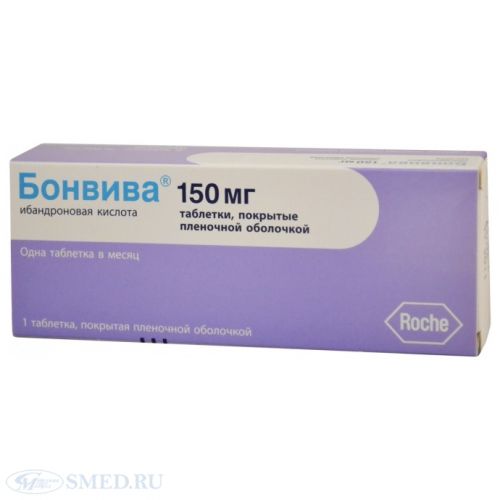
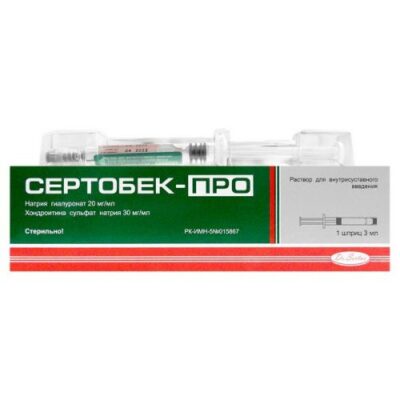
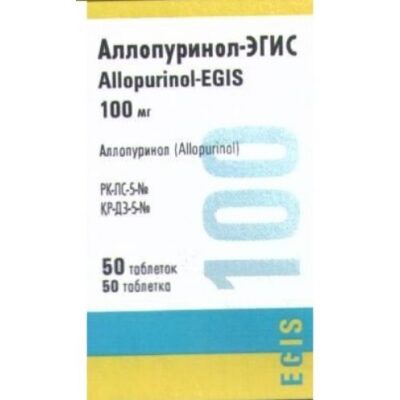
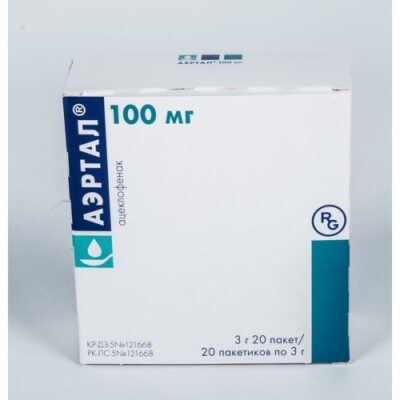
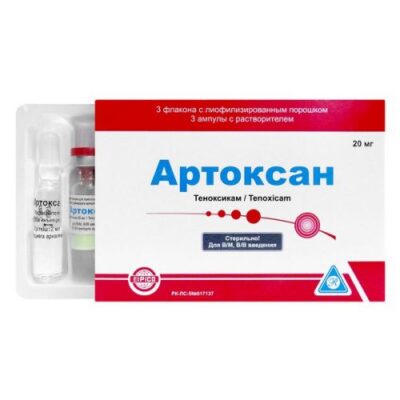
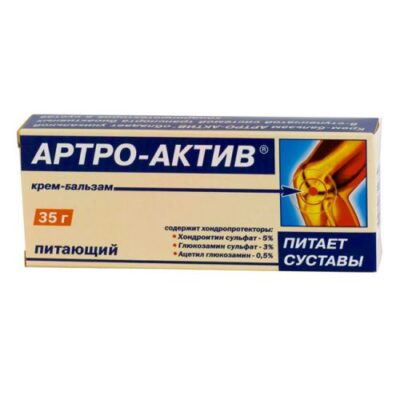
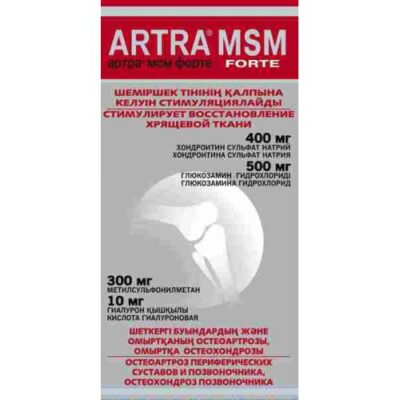
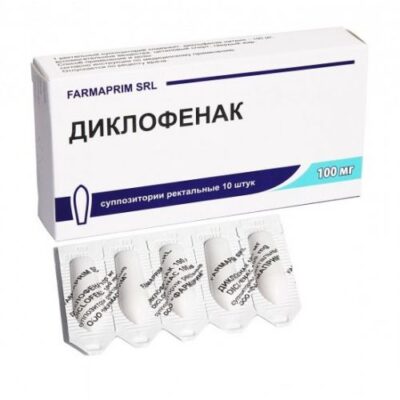
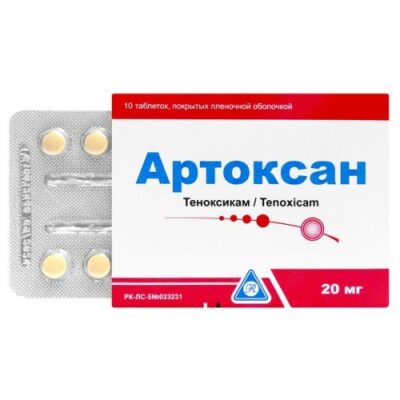

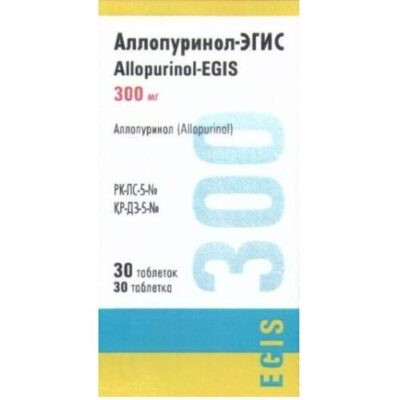






Reviews
There are no reviews yet.